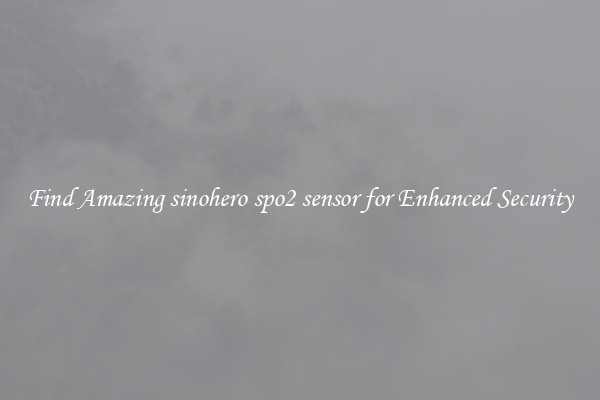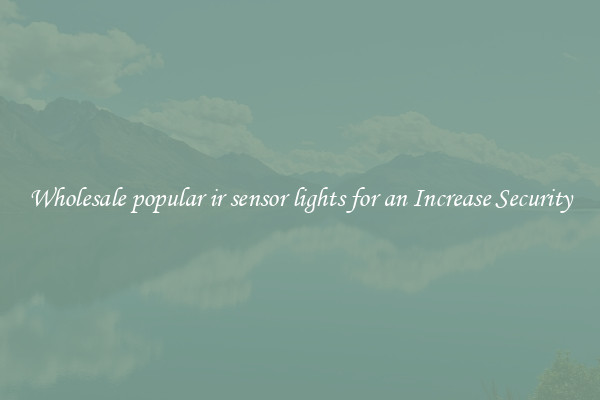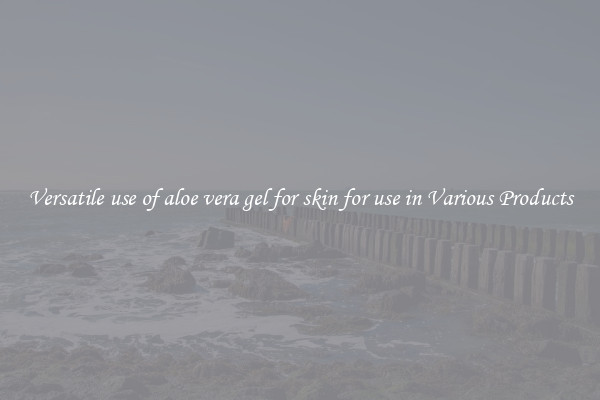Find Amazing sinohero spo2 sensor for Enhanced Security
When it comes to security, every little detail matters. One of the most crucial aspects of ensuring security is monitoring the vital signs of individuals, especially in high-risk environments. This is where the Sinohero spo2 sensor comes in.

The Sinohero spo2 sensor is a cutting-edge device that accurately measures oxygen saturation levels in the blood. This is crucial for ensuring that individuals are receiving enough oxygen, particularly in situations where there may be a risk of injury or illness.
The sensor works by emitting infrared light into the skin, which is then absorbed by the blood. By analyzing the light that is reflected back, the sensor is able to calculate the oxygen saturation levels in the blood. This information is then transmitted to a monitoring device, which can alert security personnel to any potential issues.
One of the key benefits of the Sinohero spo2 sensor is its accuracy. Unlike traditional methods of measuring oxygen levels, such as pulse oximeters, which can be affected by factors such as movement and ambient light, the spo2 sensor provides a precise and reliable reading.
Another important benefit of the Sinohero spo2 sensor is its portability and ease of use. The sensor is small and lightweight, making it ideal for use in any environment. It can easily be attached to a person's finger or earlobe, allowing for continuous monitoring without causing any discomfort.
The Sinohero spo2 sensor is also highly durable and reliable, ensuring that it can withstand even the harshest conditions. This makes it an invaluable tool for security personnel who need to monitor individuals in challenging environments.
In conclusion, the Sinohero spo2 sensor is a powerful and effective tool for enhancing security. Its accuracy, portability, and durability make it an invaluable asset for any security operation. With the ability to continuously monitor oxygen saturation levels in real-time, security personnel can quickly identify and respond to any potential issues, ensuring the safety and well-being of individuals in their care.

View details

View details

View details

View details








